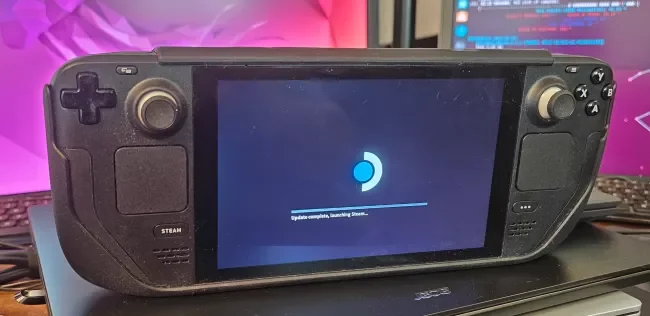
Valve Unleashes SteamOS 3.7: A Game Changer for Steam Deck and Rival Handhelds
Valve has just dropped a bombshell update with the stable release of SteamOS 3.7, marking a significant leap forward for the Steam Deck and opening doors for other AMD-powered handhelds like the Lenovo Legion Go and Asus ROG Ally series. After months of anticipation, this update promises enhanced features, broader compatibility, and a glimpse into Valve's future plans.
The headline news? SteamOS 3.7.8 officially supports the Lenovo Legion Go S and offers a recovery image for installing SteamOS on other AMD handhelds. This means that users who previously resorted to workarounds can now enjoy a smoother, more integrated SteamOS experience on their devices. While Valve cautions that support for non-official "Powered by SteamOS" devices is still in development, this move signals a major shift in Valve's strategy.

But the update isn't just about expanding compatibility. Steam Deck owners also have plenty to celebrate. Finally, users can utilize their Bluetooth earbuds' microphone in desktop mode, thanks to HFP/HSP profiles. Controlling the Steam Deck from across the room with a Bluetooth controller (previously exclusive to the OLED model) is now possible when docked to a TV. For those who keep their Steam Deck plugged in, a new Battery Charge Limit setting allows users to cap charging at 80 percent for improved battery longevity.
Under the hood, SteamOS 3.7.8 is built on a foundation of updated components, includiny Arch Linux, Mesa graphics drivers, and a new version of the Plasma desktop mode. These updates bring improvements to performance, stability, and compatibility. Frame-limiting with VRR displays and P-state frequency controls for certain AMD CPUs also round out the exciting updates.
An updated SteamOS FAQ hints at Valve's larger ambitions, suggesting that they are actively seeking partners for officially licensed “Powered by SteamOS” devices. This begs the question: What's next for SteamOS? Rumors of Valve’s wireless VR headset, codenamed “Deckard,” persist, and the possibility of a SteamOS-powered living room console looms large. While Valve has been deliberately slow in its approach, could we finally see a comprehensive plan for Steam Machines coming to fruition?
While SteamOS might not be a complete Windows replacement, its focused approach to gaming performance makes it a compelling alternative for certain types of systems, especially dedicated gaming handhelds. The OS still lacks strong support for Intel or Nvidia hardware so gaming PCs may still benefit most from Windows.
What do you think about SteamOS 3.7 and its potential to reshape the handheld gaming landscape? Share your thoughts and predictions in the comments below!